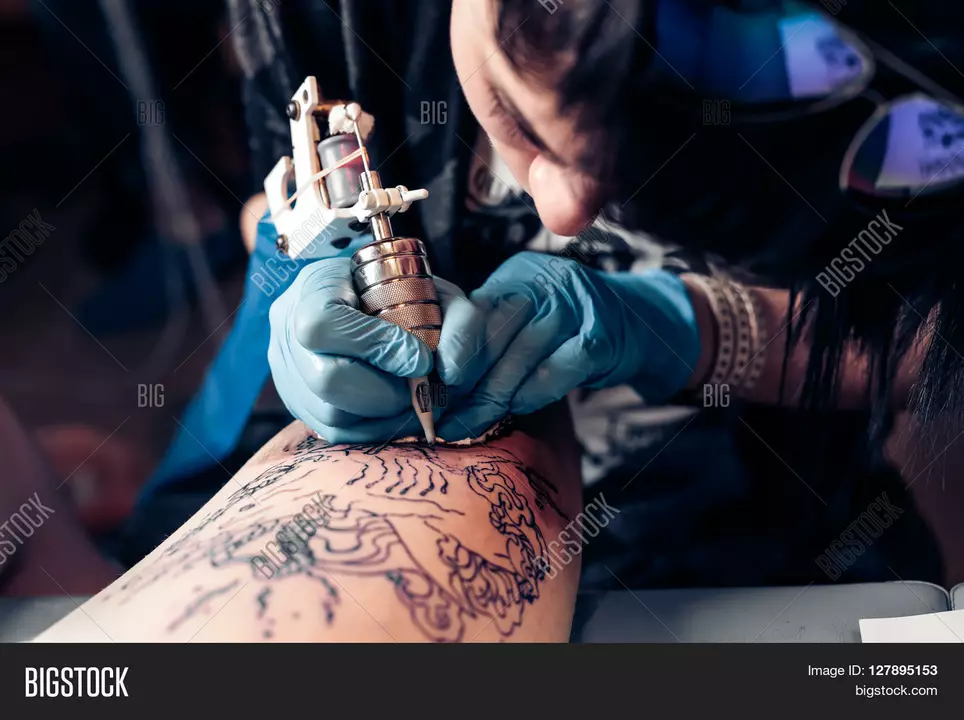Chloasma Explained: What It Is and How to Deal With It
If you’ve noticed brownish patches on your face that won’t fade, you might be looking at chloasma. It’s a common skin condition where melanin builds up in certain areas, usually on the cheeks, forehead, or upper lip. While it’s harmless medically, many people find it frustrating because of how noticeable it can be.
The good news? You don’t have to live with those spots forever. Understanding what triggers chloasma and which treatments actually work can help you clear up your skin faster. Below we break down the basics in plain language so you can start taking action today.
What Triggers Chloasma?
The biggest culprit is hormone changes. Pregnancy, birth control pills, or hormone‑replacement therapy often spark a flare‑up because estrogen and progesterone stimulate melanin production. Sun exposure is the second major trigger—UV rays tell your skin to make more pigment as a natural protection method.
Other factors that can worsen chloasma include genetics (it tends to run in families), certain medications like anti‑seizure drugs, and even cosmetic products that irritate the skin. If you’ve recently started a new medication or changed your skincare routine, keep an eye on whether the spots get darker.
Because sun is such a strong driver, wearing broad‑spectrum sunscreen every day is non‑negotiable. Look for SPF 30 or higher, and reapply if you’re outdoors for long periods. Hats, sunglasses, and shade can also keep UV rays from hitting the areas most prone to chloasma.
How to Manage and Lighten Spots
Topical treatments are often the first line of defense. Ingredients like hydroquinone, azelaic acid, kojic acid, or vitamin C work by slowing melanin production. You can find many of these in over‑the‑counter creams, but stronger formulas may require a prescription.
If you prefer something more intensive, chemical peels and microdermabrasion performed by a dermatologist can remove the top layers of pigmented skin. These procedures need recovery time, but they often give quicker results than creams alone.
Laser therapy is another option for stubborn spots. Fractional lasers target pigment without damaging surrounding tissue, though they can be pricey and may require several sessions.
Don’t overlook lifestyle tweaks. Eating a balanced diet rich in antioxidants—think berries, leafy greens, and nuts—supports overall skin health. Staying hydrated helps your skin repair itself more efficiently.
Lastly, be patient. Most treatments need weeks or even months to show noticeable improvement. Keep tracking progress with photos so you can see subtle changes over time.
Chloasma may feel like a nuisance, but with the right mix of sun protection, topical care, and professional help, you can fade those patches and restore confidence in your skin.

